



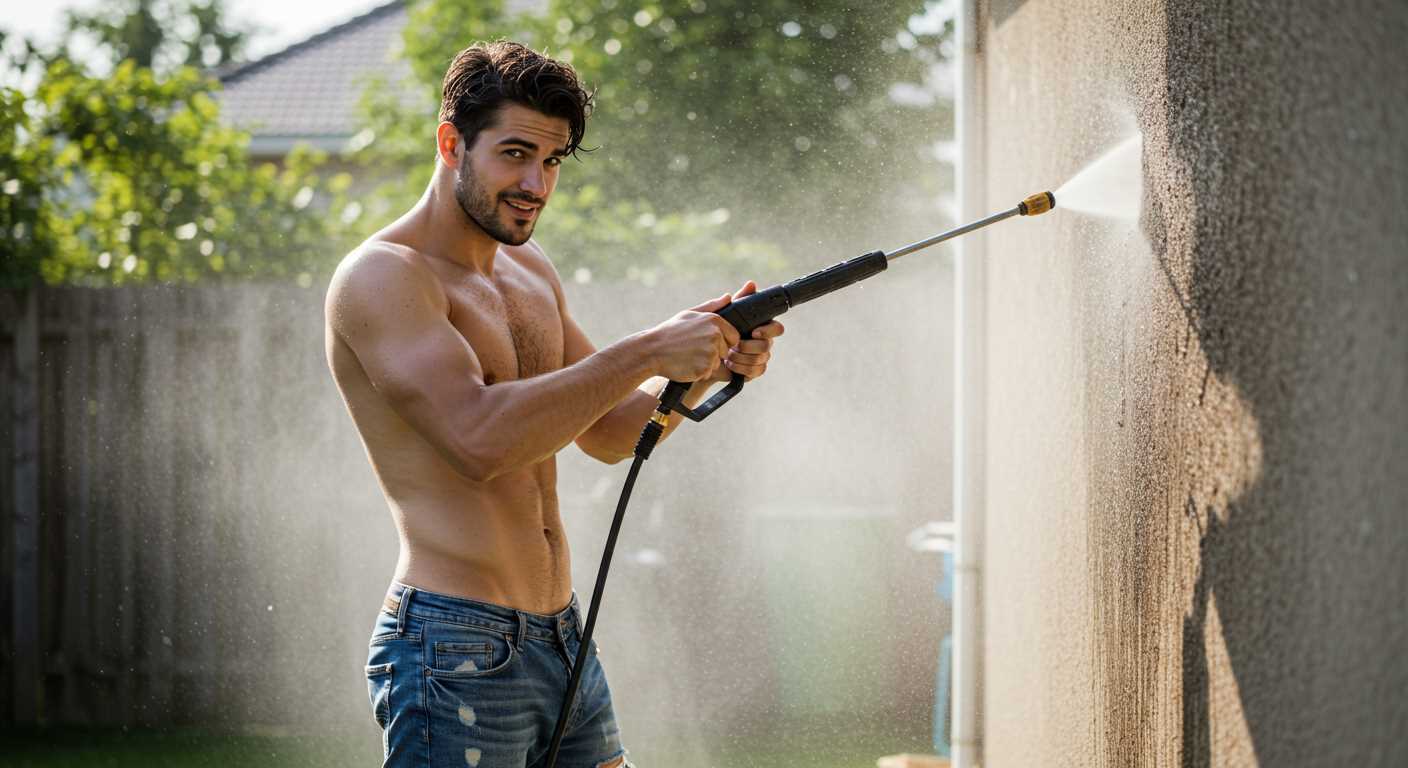
Absolutely, if not used correctly. From my extensive experience testing various models, I’ve seen firsthand how these machines can strip away protective coatings or even cause scratches if the wrong techniques are employed. The key lies in understanding the right settings and techniques to ensure your vehicle remains unscathed while achieving that pristine shine.
Using the appropriate nozzle is crucial. A fan spray nozzle at a distance of at least 2 feet is advisable for most surfaces. Directing a concentrated stream too close can lead to unwanted consequences, especially on softer finishes. I’ve encountered situations where even a slight miscalculation resulted in noticeable marks on the surface.
Additionally, it’s essential to select the right cleaning solution. Avoid harsh chemicals that can compromise the integrity of the surface. Opt for products specifically formulated for automotive use to maintain the protective layers. In one instance, I used a generic cleaner that left a haze, which required additional polishing to rectify.
Lastly, always inspect the vehicle before and after the process. This practice not only helps in identifying any pre-existing issues but also ensures that the finish remains intact post-cleaning. Over the years, I’ve learned that a cautious approach yields the best results, allowing your vehicle to shine without compromising its appearance.
Effects of High-Force Water on Vehicle Surface Coatings
Using high-force water jets can potentially create issues with the finish of your vehicle. I’ve seen it happen firsthand. Too much intensity directed at the wrong angle can lead to unwanted consequences, such as scratches or the lifting of clear coats. It’s essential to understand the right settings and techniques before aiming that nozzle at your vehicle.
Recommended Techniques for Safe Application
To ensure the longevity of your vehicle’s finish, follow these guidelines:
| Technique | Description |
|---|---|
| Distance | Maintain at least 2-3 feet between the nozzle and surface to avoid abrasion. |
| Angle | Keep the spray angle at approximately 30 degrees to reduce direct impact. |
| Setting | Utilise the lowest effective setting; a moderate flow can be sufficient for most cleaning tasks. |
| Attachment | Use a wide spray nozzle to disperse the force and minimise risk. |
| Surface Preparation | Pre-rinse with water to loosen grime before applying high-force water. |
Personal Experiences and Observations
In my years of testing various models, I’ve observed that vehicles with older, more fragile finishes require extra caution. I once made the mistake of getting too close while cleaning a classic car, and it left a mark that was difficult to repair. For newer models, the finishes are generally more resilient, but that doesn’t mean you should be careless. Gentle techniques yield better results and protect the integrity of the surface.
It’s always a good idea to do a spot test on an inconspicuous area before going full throttle. This simple step can save you from potentially costly repairs. My advice is to treat your vehicle’s exterior as you would your skin–be gentle and avoid harsh treatments to keep it looking its best.
Understanding Pressure Washer Specifications
For optimal results, focus on the specifications of these cleaning units. A model with a PSI (pounds per square inch) rating between 1200 and 1900 is ideal for automotive surfaces. This range provides sufficient force to remove dirt without risking surface integrity. Anything above 2000 PSI can be too aggressive, potentially creating marks or scratches.
Next, look at GPM (gallons per minute). A rate of 1.4 to 2.0 GPM is recommended. Higher flow rates can lead to excessive water usage and might not significantly enhance cleaning efficiency on delicate surfaces. Combining the right PSI and GPM ensures an effective wash without compromising the finish.
Nozzle selection is also critical. A 25-degree nozzle will offer a balanced spray pattern, providing both coverage and control. Avoid narrow nozzles that concentrate the stream too much, as they can be overly harsh on softer finishes.
Consider the cleaning agent compatibility. Certain detergents can enhance the cleaning process, but ensure they are safe for automotive use. Always do a spot test when trying new products.
Finally, pay attention to the machine’s design. Lightweight and portable models are easier to manoeuvre, especially when detailing around curves and edges. Stability during use is key to maintaining control and achieving desired results.
Recommended Pressure Settings for Car Washing
For optimal results while cleaning vehicles, I suggest using a range between 1200 to 1900 PSI. This level strikes a balance between effective grime removal and safeguarding the exterior finish.
- 1200-1500 PSI: Ideal for delicate surfaces and vehicles with a softer finish. This lower range is perfect for regular maintenance and light dirt.
- 1500-1900 PSI: Suitable for tougher stains and built-up grime. It provides enough force to tackle more challenging areas without risking harm to the surface.
Adjusting the distance from the nozzle to the surface is equally crucial. Maintain a distance of at least 2 feet to avoid concentrated force on a small area. This practice helps mitigate risks of chipping or stripping any finish.
- Test a small, inconspicuous section first to gauge the effect.
- Use a wide spray nozzle to distribute the water flow evenly.
- Keep the nozzle moving to prevent prolonged exposure to one spot.
For best results, incorporate a gentle soap specifically designed for automotive surfaces. This helps lift dirt without requiring excessive force. Rinsing thoroughly after application ensures no residue remains, contributing to a clean and shiny exterior.
Types of Nozzles and Their Impact on Paint
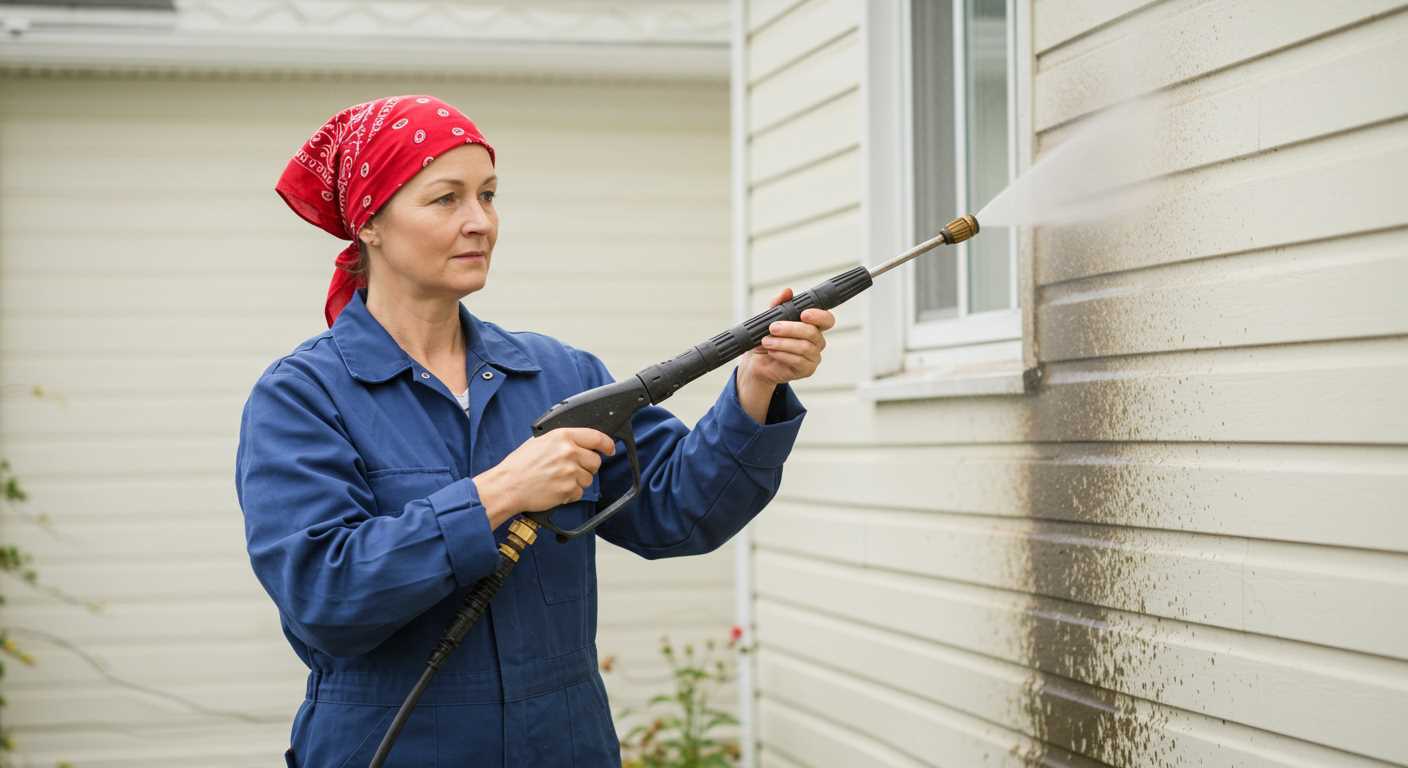
For optimal results while cleaning, the choice of nozzle is paramount. Each type of nozzle offers different spray patterns and pressure levels, which can significantly influence how gentle or harsh the cleaning process is on surfaces.
The 0-degree nozzle delivers a concentrated stream, ideal for tough grime but potentially hazardous to delicate finishes. I remember using it on an old pickup truck once, and while it stripped away years of accumulated dirt, it also left behind a few marks on the clear coat. It’s best used at a distance and only on sturdy surfaces.
The 15-degree nozzle provides a wider spray, suitable for heavy-duty cleaning without being as aggressive as the 0-degree option. This nozzle worked wonders on my driveway, effectively removing oil stains without risking any damage to nearby painted surfaces. It’s a good balance for users looking to tackle tough jobs while remaining cautious.
The 25-degree nozzle is a favourite among many for general cleaning tasks. It offers a broad spray that efficiently cleans exterior surfaces without the risk of harming the finish. I often use this when washing my vehicles, as it effectively lifts dirt without being overly forceful.
Finally, the 40-degree nozzle is the gentlest of the bunch. It’s perfect for delicate tasks like rinsing off soap or cleaning windows. I’ve found it particularly beneficial for maintaining the lustre of a freshly waxed surface, as it ensures a gentle touch while still providing adequate cleaning power.
Choosing the right nozzle can make a significant difference in preserving the integrity of the surface while achieving cleanliness. Always consider the condition and type of the surface you’re working on before selecting a nozzle for the task at hand.
Distance Between Pressure Washer and Car Surface
Maintain a distance of at least 2 feet when using a high-powered cleaning device on your vehicle. This spacing helps prevent unintentional harm while still allowing for effective cleaning. I recall a time when I got too close and noticed the effect immediately–small abrasions started to appear. That experience taught me the importance of keeping a safe distance.
Adjusting the distance is vital depending on the nozzle type you’re using. For instance, a narrow nozzle can create a more concentrated stream, which means you might need to increase your distance to around 3 feet. Conversely, a wider nozzle can be used from a closer range, usually about 1.5 to 2 feet. Knowing your equipment makes all the difference.
Additionally, wind can play a significant role. If there’s a breeze, it’s best to maintain a greater distance to avoid overspray, which might inadvertently hit sensitive areas like windows or mirrors. I’ve had customers express concern after applying too much force due to environmental factors. Always consider the weather conditions before starting your cleaning session.
Regularly check the surface for any signs of distress during the process. If you notice anything unusual, increase the distance immediately. Prevention is far better than attempting to rectify a mistake later. Trust me, taking the time to adjust your approach can save you from costly touch-ups.
Common Mistakes When Using a Pressure Washer on Vehicles
One of the frequent errors is using an incorrect nozzle type. Many enthusiasts grab the narrowest nozzle for a concentrated stream, thinking it will enhance cleaning. In reality, this can lead to scratches and swirl marks on surfaces. A wider fan nozzle is often a better choice for safe washing.
Inadequate Distance from the Surface
Another misstep is standing too close to the vehicle. Keeping a minimum distance of 2 to 3 feet is crucial to prevent any harm from the water’s force. I recall a time when I was too eager and got too close, resulting in small chips on the trim. Always maintain a safe distance to protect your vehicle’s finish.
Neglecting to Rinse Properly
Lastly, failing to rinse thoroughly can lead to soap residue or cleaning agents remaining on the surface. This not only dulls the shine but can also attract dirt more quickly. A thorough rinse ensures that any remaining chemicals are washed away. For those interested in enhanced cleaning options, consider exploring heated power washer pressure washing for an effective solution.
Protective Measures to Prevent Paint Damage
To ensure the safety of your vehicle’s finish, several protective strategies can be employed when utilising a high-pressure cleaning device.
1. Pre-Wash Preparation
- Begin with a thorough rinse using a gentle setting to remove loose dirt and debris. This reduces the risk of scratching during the main wash.
- Inspect the surface for any imperfections, such as scratches or chips, that may require attention before cleaning.
- Consider using a pH-neutral soap designed specifically for automotive surfaces to maintain the integrity of the coating.
2. Use of Protective Coatings
- Apply a sealant or wax regularly to create a barrier between the finish and contaminants. This also makes it easier to clean the vehicle.
- Consider ceramic coatings, which provide an extra layer of protection against abrasion and environmental pollutants.
3. Post-Cleaning Care
- After cleaning, dry the surface with a microfibre towel to prevent water spots and enhance shine.
- Inspect for any missed spots or residue, and address them promptly to avoid long-term effects on the finish.
In my experience, taking these proactive steps not only preserves the aesthetic appeal but also extends the longevity of the vehicle’s exterior. Always prioritise the health of the finish over convenience, and you’ll maintain a vehicle that looks as good as new for years to come.
Signs of Paint Damage After Pressure Washing
After using high-powered cleaning tools, inspect the vehicle closely for specific indicators of harm. Look for swirl marks or scratches on the surface, which can appear as fine lines. These often result from improper technique or inappropriate equipment settings.
Another sign is the presence of faded areas or discolouration. If certain sections seem lighter than others, the force might have stripped away layers of protection or even colour. Pay attention to the edges of panels and around emblems, as these areas are particularly vulnerable.
Check for clear coat peeling, which can manifest as bubbling or flaking. This usually occurs when the water pressure is excessively high or the nozzle is too close. If you notice any lifting at the edges, that’s a clear warning sign.
Lastly, look for water spots that persist after drying. These can form when minerals in the water etch into the surface, indicating that the cleaning method was too aggressive.
Regular inspections post-cleaning can help identify these issues early, allowing for timely repairs and maintenance to preserve the vehicle’s finish.
Alternative Cleaning Methods for Vehicles
For those seeking gentler options to maintain vehicle aesthetics, a variety of methods exist that avoid the risks associated with high-force cleaning tools. Here are some effective alternatives:
Hand washing remains the most popular approach. Using a soft sponge or microfibre cloth alongside a pH-balanced car shampoo will effectively lift dirt without compromising the exterior finish. Ensure to rinse thoroughly with clean water to prevent soap residue.
Foam cannons that attach to standard hoses provide a thick layer of foam, which helps encapsulate dirt and grime, allowing it to be easily wiped away without scratching. This method reduces the need for vigorous scrubbing and is particularly useful for pre-washing.
Waterless wash products offer a quick solution for those in a hurry. These sprays contain lubricants that trap dirt particles, allowing you to wipe them away with a cloth. They are ideal for light cleaning and maintenance between more thorough washes.
Steam cleaning also presents an excellent option. The high-temperature steam effectively sanitises surfaces and removes stubborn stains without the risk of abrasion. This method is particularly beneficial for interior cleaning, including upholstery and carpets.
| Cleaning Method | Benefits | Considerations |
|---|---|---|
| Hand Washing | Safe for paint, effective dirt removal | Time-consuming, requires water |
| Foam Cannon | Gentle pre-wash, reduces scrubbing | Requires specific equipment |
| Waterless Wash | Quick, convenient for light dirt | Not for heavy soiling |
| Steam Cleaning | Sanitises surfaces, removes stains | Requires a steam cleaner |
Experimenting with these methods can enhance your cleaning routine. For those interested in other practical applications, check out how to can green beans with a pressure cooker for a unique twist on utilising cleaning equipment in everyday tasks.
When to Consult a Professional for Car Care
Seek expert assistance if you notice any of the following issues after attempting to clean your vehicle yourself:
- Persistent streaks or spots that remain despite thorough cleaning.
- Fading or discolouration in specific areas of the surface.
- Visible scratches or swirl marks that weren’t present before.
- Clear coat peeling or bubbling, which can indicate deeper issues.
It’s wise to consult a specialist if your automobile has unique finishes, such as matte or metallic coatings. These require specific care techniques that differ from standard methods.
If you plan to restore the exterior or require paint correction, an expert’s tools and techniques will yield better results than DIY efforts. Professionals have access to advanced products and training that can effectively address imperfections without further complications.
Another scenario to consider is if your vehicle has deeper scratches or dents. Attempting to fix these at home could lead to more extensive damage. In such cases, a professional’s expertise ensures a more thorough and careful approach.
Also, if you’re unsure about the right cleaning products for your vehicle’s finish, err on the side of caution and seek advice. Using inappropriate chemicals can lead to unforeseen consequences.
In summary, when in doubt about your vehicle’s care, especially after using strong cleaning methods, don’t hesitate to reach out to a professional. Their experience can save time, money, and potential headaches down the line.

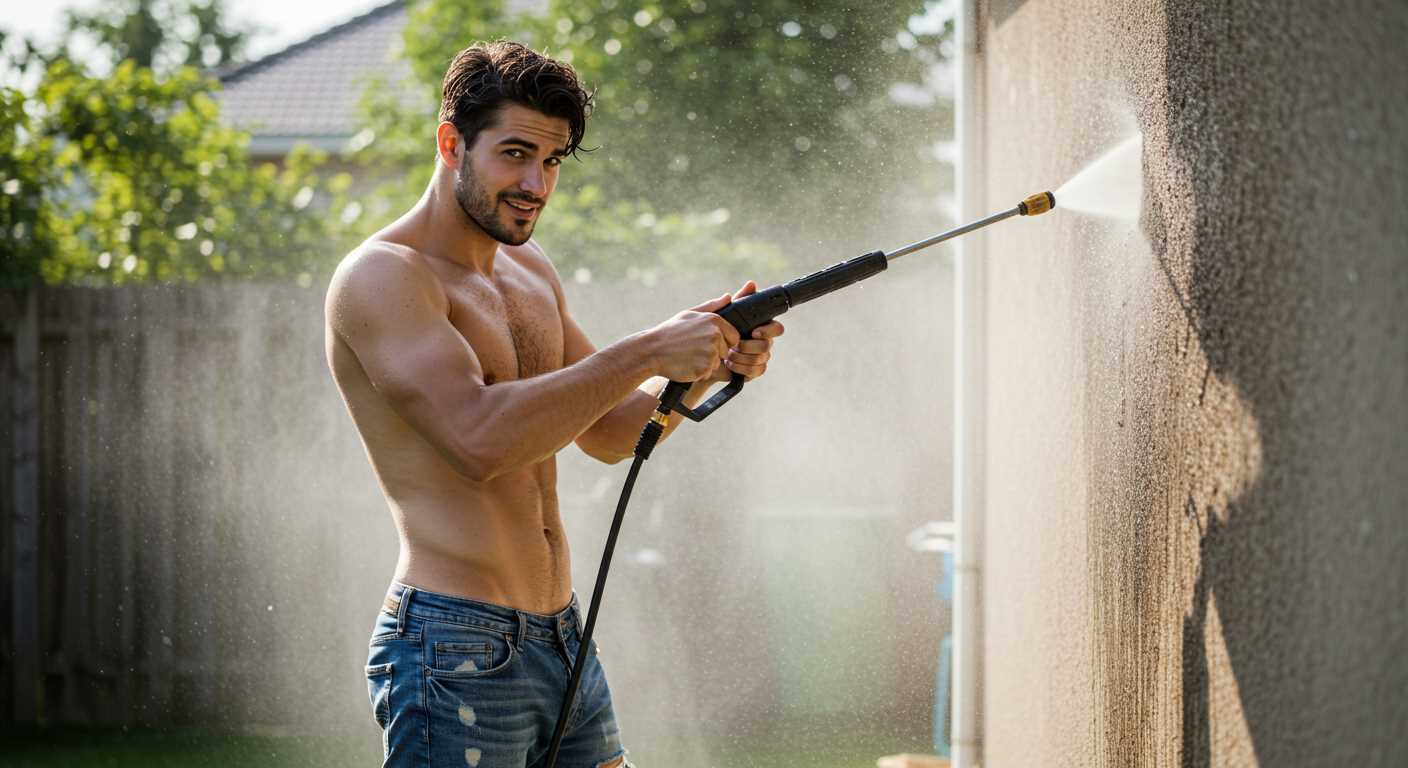



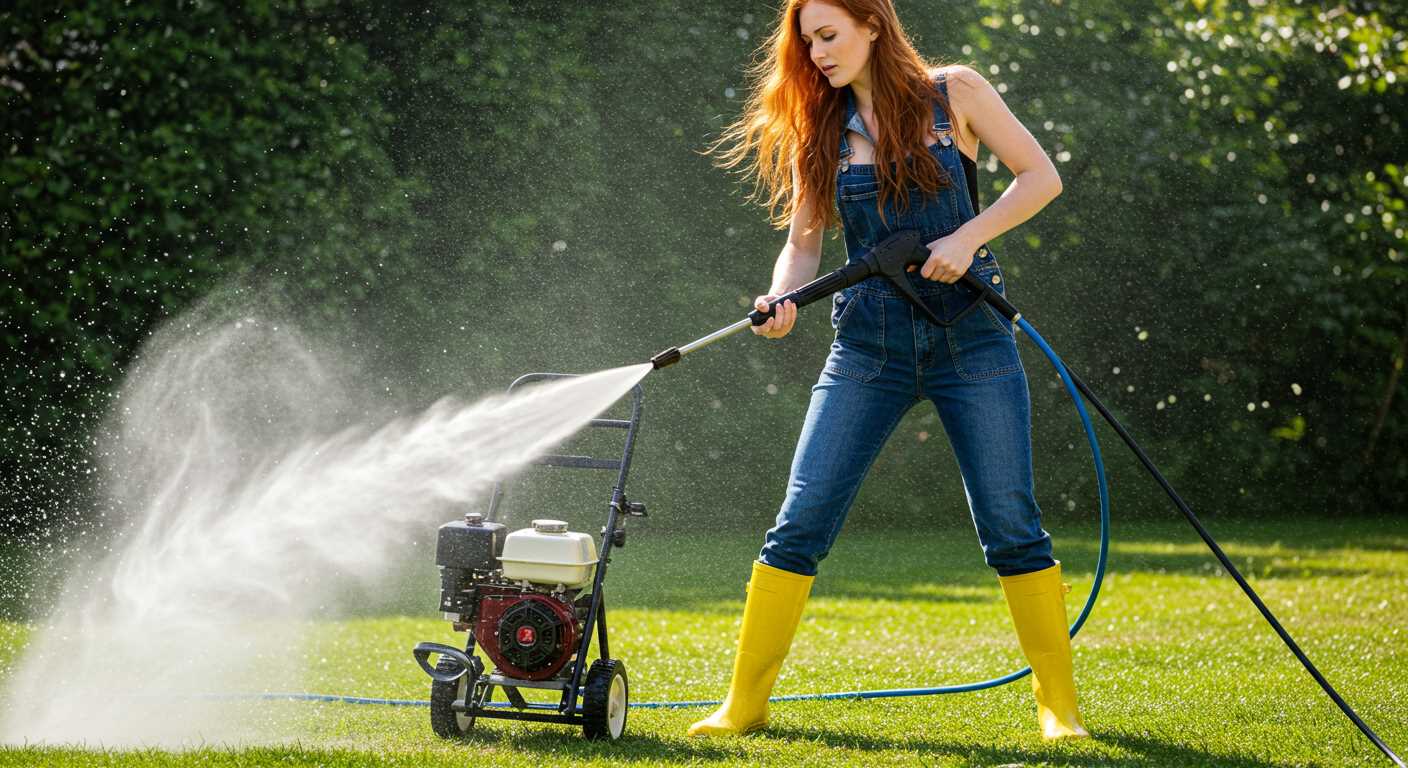
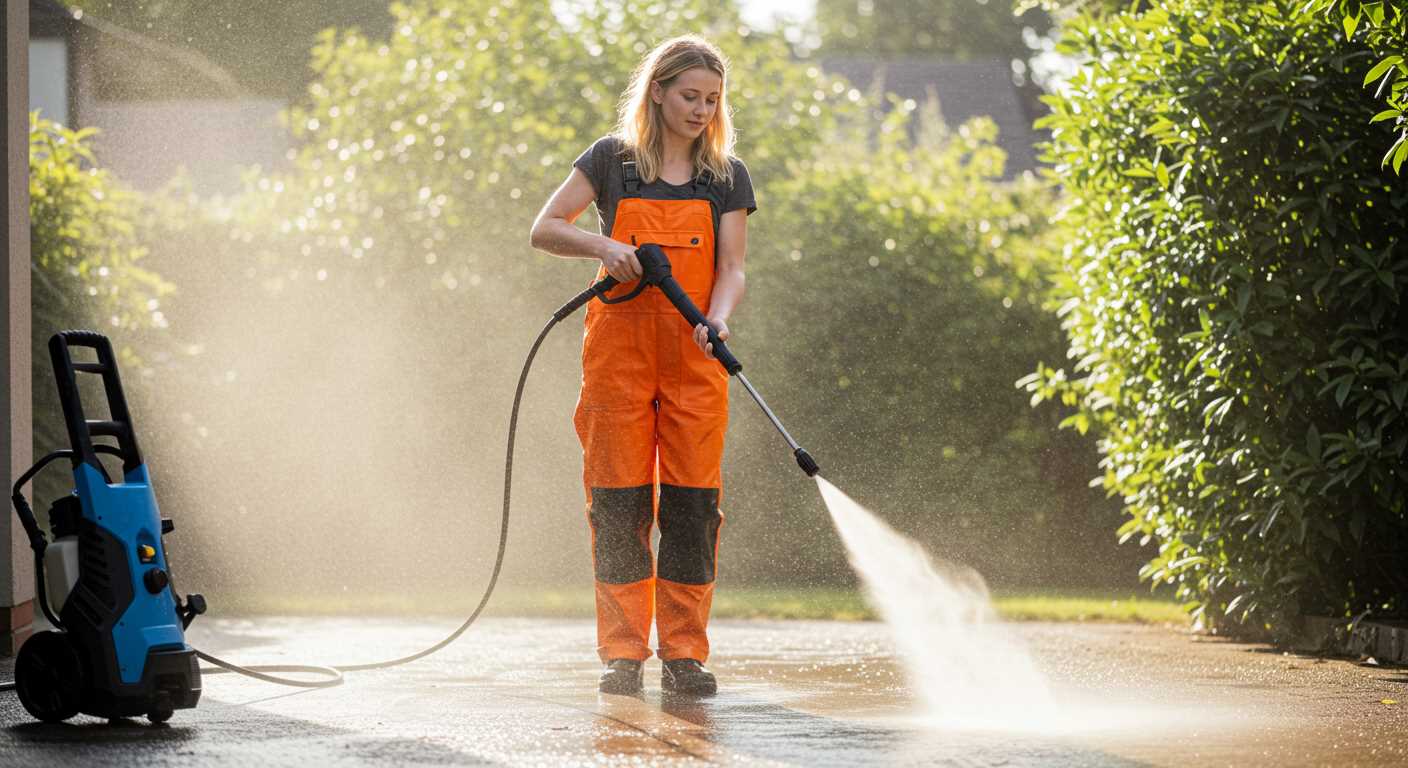
.jpg)


